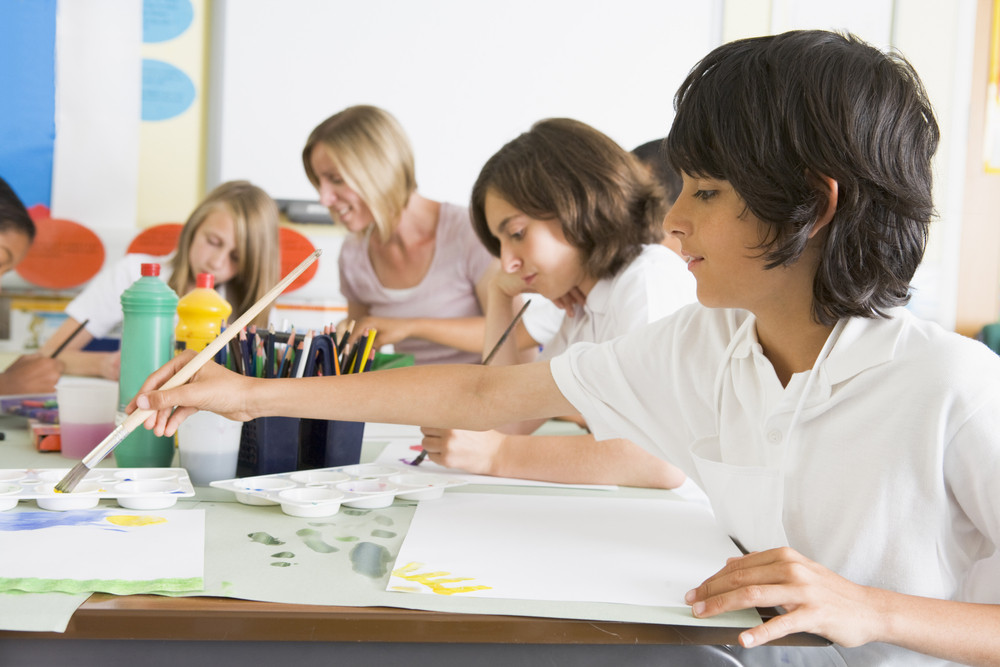Children start communicating through art from a young age. You’ll probably find them scribbling with pens, markers, and crayons on books, furniture, floors, and even walls. Creating art isn’t just about having fun. It can benefit children’s development in several ways. Here are six reasons the arts are so important for your youngster’s lifestyle.
1. Art Can Result in Improved Academic Outcomes
Participating in the arts has been linked to improved academic outcomes. These include higher levels of literacy and civic involvement, enrolment in post-secondary education, attaining a bachelor’s degree, and higher test scores and grades. Students who participate in the arts in secondary school are more likely to earn a degree and tend to maintain their artistic habits in adulthood.
Participating in the arts also helps kids develop social-emotional skills, regulate emotions, and open their minds to new ideas while building relationships with new people. Art classes encourage participation and attendance, increasing student self-esteem and motivation. It also enhances the classroom environment.
2. Art Benefits the Economically Disadvantaged
For kids from poorer socioeconomic homes, the benefits of participating in the arts are especially evident. For instance, low-income preschoolers who participate in the arts have lower cortisol levels (a biological indicator of stress). Young people from low-income communities benefit from having projects that give them a sense of identity while connecting them with peers who have similar interests. ‘Identity projects’ can take many forms, including participating in the arts, forming an organization or business, or building a skateboard ramp. 67% of Americans, according to Taste Design Inc., think that the arts unify their communities.
3. Art Helps With the Development of Fine Motor Skills
More and more kids are reportedly joining schools with underdeveloped fine motor skills, according to educators. Kids learn dexterity skills at home by simply practicing grip and pencil control. Engaging in creative activities is a great way to mix things up and improve fine motor skills. For example, when painting, children hold paintbrushes like pencils, the strokes are less precise, and the end product is far more entertaining than listing vocabulary phrases! When young painters seek to replicate the lines, shapes, directions, and patterns of the instructor, they develop hand-eye coordination.
4. Art Can Help With Visual-Spatial Processing Development
Visual-spatial skills allow kids to comprehend where things are in space. The same skills also enable kids to draw letters and other forms, hit a baseball, hit a baseball, and navigate a maze. Art offers a way to sharpen these skills.
Have you ever had your child or student try to sketch their favorite character, setting, or object? Say they want to draw their dog’s portrait. Without even realizing it, kids do a lot of visual-spatial processing when they imagine their dog’s color, shape, weight, and height and try to recreate the same on paper.
5. Art Positively Impacts Self-Control and Memory
Strong visual-spatial skills improve memory and self-control. Children naturally practice self-discipline when doing art. If they want a painting resembling a pair of adorable pink unicorns or a space adventurer, they can’t use random methods, colors, or styles.
When painting from memory, they work on their ability to recall images. Kids also practice remembering and following instructions when watching a video or an actual teacher. Including painting during play dates, family nights, and birthday parties encourage the development of critical-thinking skills. Music is another form of art that can help with memory. According to PubMed, six weeks of music intervention for children improved memory recall on the digit span test.
6. Art Encourages Creativity and Problem-Solving Skills
Children learn through playing, trying things out, and observing and copying what others do. A unique idea for an art project inspires children to use their imaginations and develops their logical thinking skills. Art helps activate both sides of the brain to allow kids to start and finish a creative concept and navigate any artistic challenges.
Creating art offers children emotional, physical, cognitive, and academic benefits. Consider enrolling them in art classes to realize these benefits.



